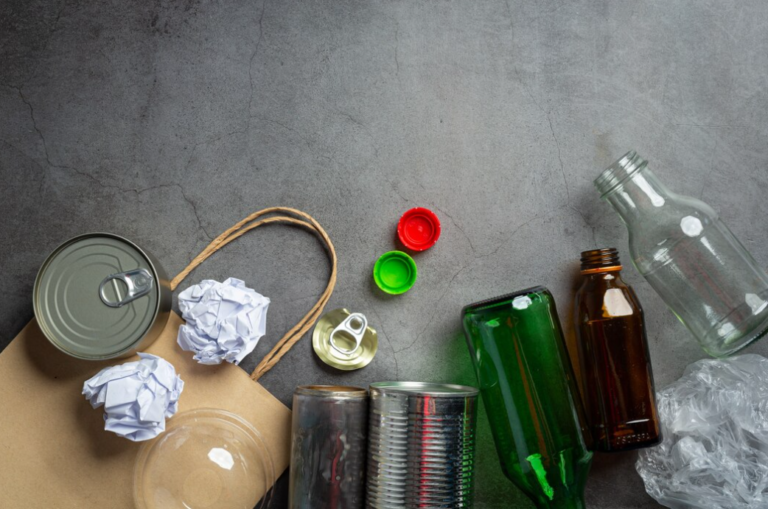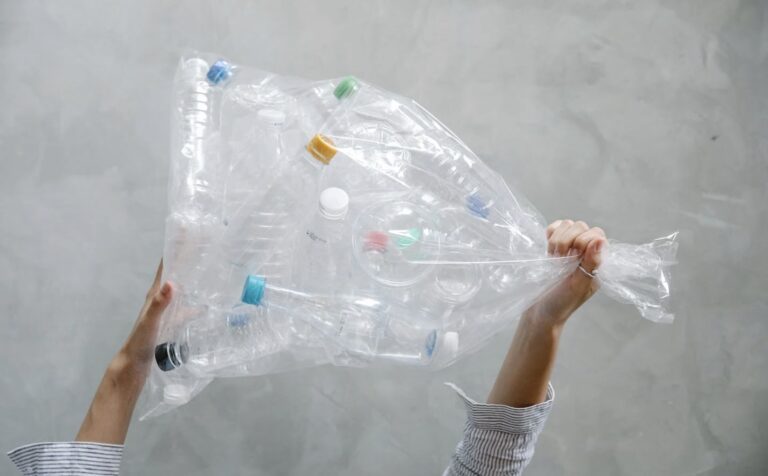Recycling presents a unique and proactive way for individuals to champion environmental sustainability from the comforts of their homes. To optimize the recycling process and to facilitate the operations of recycling centers, it’s essential not to recklessly toss items into any bin. Recognizing this, a systematic color-coding approach has been established, which we elucidate below.
Deciphering the Recycling Color Codes
Engaging with recycling extends well beyond the confines of simply repurposing paper and plastic. There exists an organized color palette dedicated to classifying recyclables, ensuring that every material finds its way to the correct processing stream.
Comprehensive Overview of Recycling Bin Colors
So, which color corresponds to which recyclable? Predominantly, the blue bin is designated for paper recycling, making it the most frequently sighted. However, when it comes to plastic bottles or cans, green bins take the lead, though yellow might occasionally replace green based on regional directives. While paper and plastic dominate recycling narratives, several other color-coded bins serve other items. Notably, electronics—encompassing items like mobile phones and toner cartridges—find their abode in purple bins. Certain materials, like paperboard or aluminum, which don’t align neatly with predefined categories, are earmarked for the versatile orange bin.
The Significance of Recycling
The essence of recycling transcends merely curtailing waste volume. It’s fundamentally about safeguarding our invaluable and finite natural reserves. Consider a mundane plastic bottle: its production consumes a part of Earth’s non-renewable resources. Through recycling, we engineer fresh life cycles for these materials, thus ensuring a more resource-efficient future.
About Sunrise Sanitation Services
For those aspiring to integrate an effective recycling system, Sunrise Sanitation emerges as a reliable partner. Catering to West Virginia and Maryland, our regional waste management and recycling solutions prioritize sustainability. Dive deeper into our expansive service range or peruse our blog for insightful guidance by visiting our website.
Comparison Table: Recycling Bin Colors
| Color | Recyclable Material | Remarks |
|---|---|---|
| Blue | Paper | Most commonly observed bin |
| Green/Yellow | Plastic Bottles/Cans | Color may vary based on local regulations |
| Purple | Electronics | Includes phones, cartridges, etc. |
| Orange | Miscellaneous (e.g., aluminum) | Universal bin for non-standardized items |
Different Regions, Different Color Codes
It’s interesting to note that while the motive behind recycling remains universally consistent, the color codes for recycling bins can sometimes differ depending on the region or country. For instance, while in the US, blue is predominantly the color chosen for paper, other nations might use a different hue. This regional variability stems from local decisions made by waste management authorities, often based on what makes most logistical sense or is most historically ingrained within that community.
Understanding these differences becomes crucial for travelers, expats, or multinational corporations. A business expanding to multiple countries might need to invest time educating their staff on local recycling practices to ensure compliance and foster responsible waste management.
Moreover, regional variations highlight the importance of effective communication. Municipalities and local governments play a pivotal role in educating residents. Whether it’s through regular campaigns, school programs, or community events, ongoing efforts to remind and educate the public are indispensable.
Beyond Color Codes: Other Recycling Symbols
While colors provide a primary visual cue, recycling bins often have symbols that offer additional information on what to recycle. These symbols, universally recognized, play a crucial role in making recycling practices more effective.
For example, the Mobius loop, a triangle composed of three chasing arrows, indicates that a product is recyclable. However, numbers within this symbol, ranging from 1 to 7, represent different types of plastics. PETE, HDPE, PVC are some examples that each have unique recycling processes. Recognizing these symbols and understanding their meaning can significantly enhance the efficiency of our recycling efforts.
In addition, symbols for organic or compostable materials, electronic waste, and hazardous waste also exist. These symbols act as an extra layer of guidance, particularly in areas where the color-coding system might not be as prevalent.
Video Guide
In order to answer all your questions, we have prepared a special video. Enjoy watching it!
Conclusion
The essence of recycling transcends merely disposing of waste; it signifies a conscious endeavor to protect our planet’s finite resources. The intricate tapestry of recycling, interwoven with colors and symbols, acts as a guide, ensuring that each item gets its deserved second chance. As we’ve journeyed from understanding the importance of each bin’s hue to glimpsing the tech-driven future of waste management, it’s evident that recycling is both an art and a science. It’s an ongoing dialogue between past practices and future innovations. While colors and symbols provide the foundational knowledge, embracing emerging technologies will further streamline the process, making it intuitive and ingrained in our daily lives. Every individual’s effort, no matter how small, culminates in a significant positive impact on our environment. Hence, as we move forward, let’s pledge to stay informed, remain adaptable, and continue our collective effort to tread lightly on this Earth.









+ There are no comments
Add yours